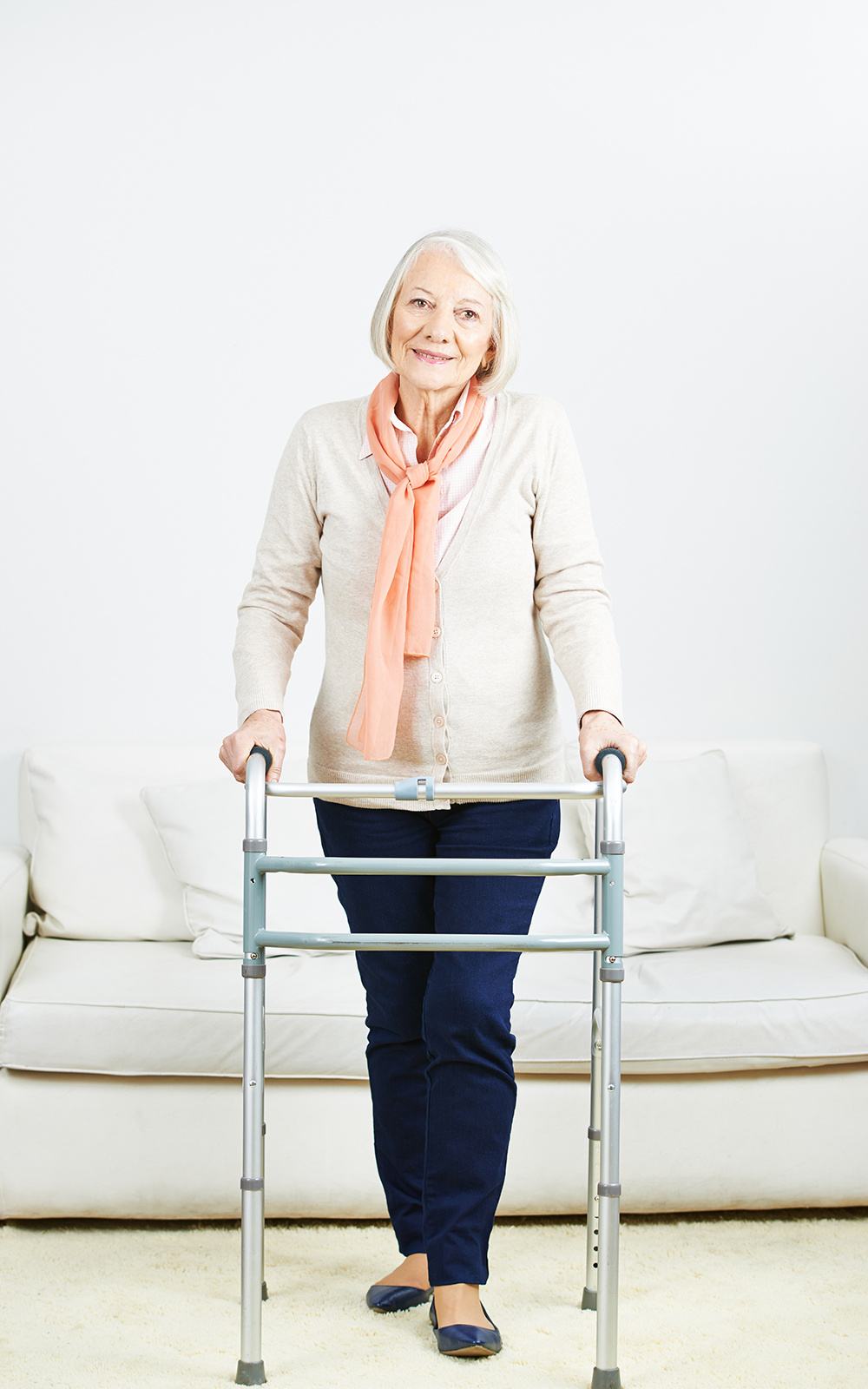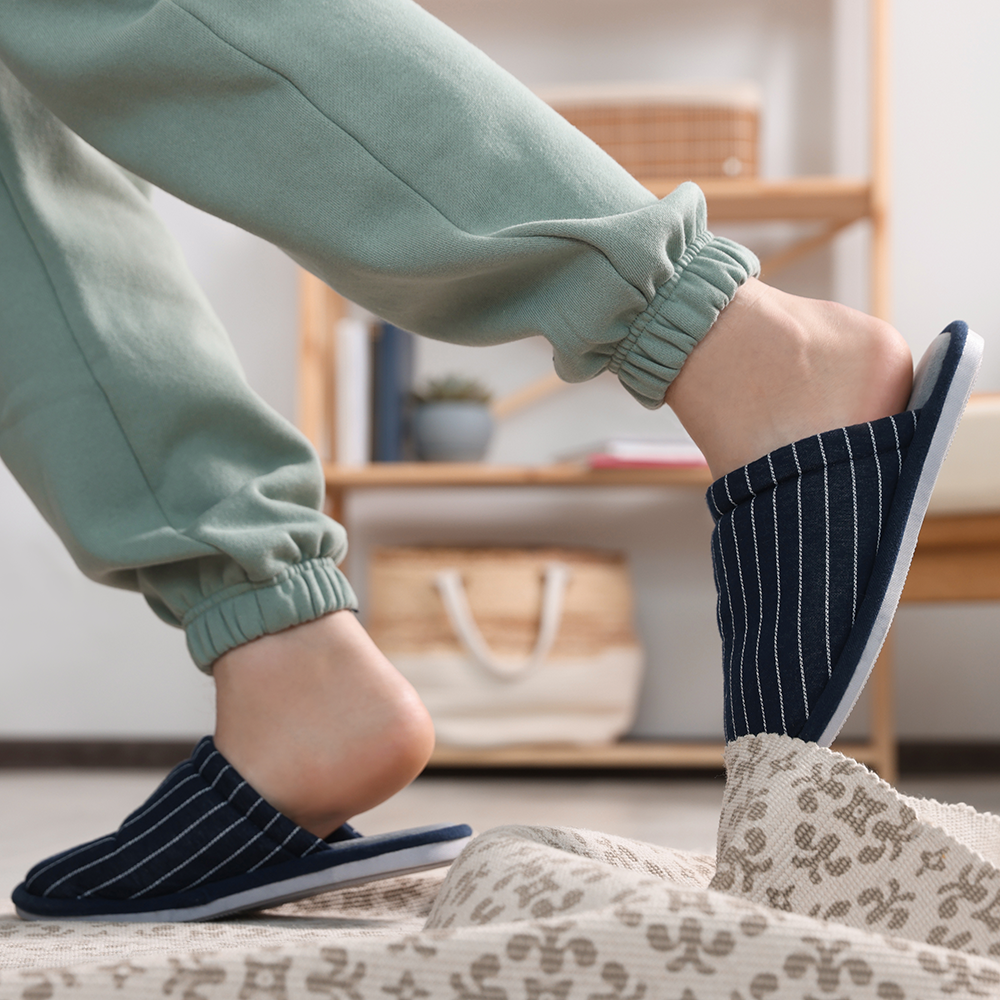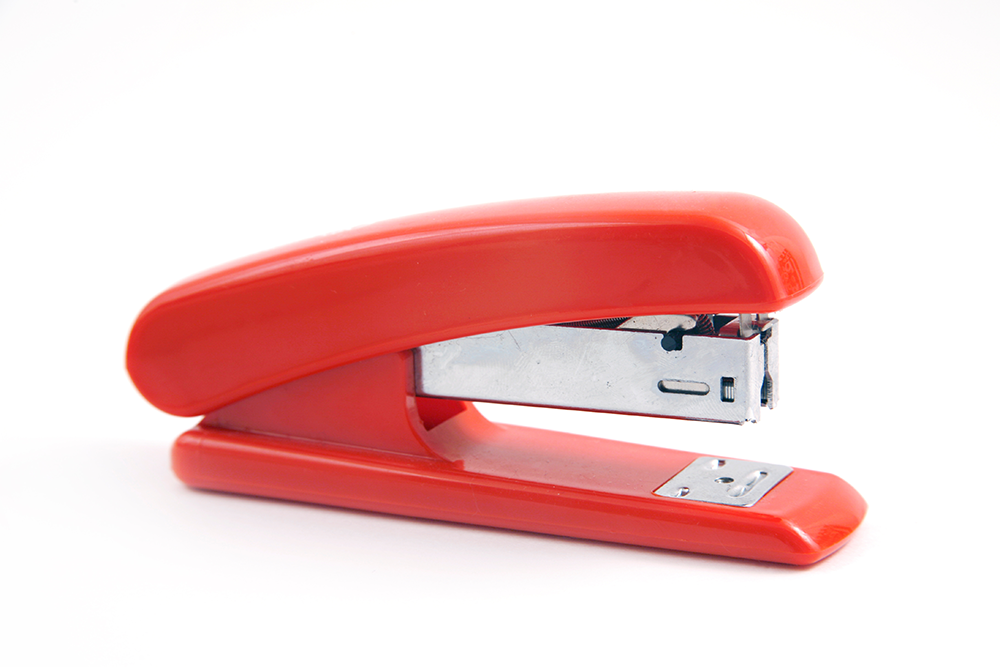
Planning for Hospital Discharge
Even before your surgery, you should start planning for your recovery.
While considering different options available to you when you leave the hospital, be sure to think about:
- the amount of help you will have at home
- the type of surgery you are having
- your level of function after surgery
- the physical structure of your home
- your insurance coverage
Discharge Options
Our goal is to help you be able to go home after your hospital stay. Sometimes individual circumstances require additional levels of care, however, until you are functioning independently at the degree required for you to be home without assistance.
Home Health Services
Most patients are able to return home but require additional rehabilitation. You will have a home health physical therapist come to your home for the first 2 weeks following surgery. This will be arranged for you prior to discharge from the hospital. The home health agency will typically contact you on the day of discharge to set up an appointment for the next day.
Outpatient Physical Therapy
Most patients will need additional rehabilitation beyond the first 2 weeks of in home physical therapy. These services are available at outpatient physical therapy facilities. Outpatient physical therapy can be done at any location that is convenient for you. You will need an order from your physician before beginning treatment at an outpatient facility.
If you are planning on going to outpatient physical therepy at Forté, these appointments will be coordinated for you to begin on or around the day of your first outpateint follow up with Dr. Maratt's or his team. If you have selected a different physical therapy clinic, please contact them in advance to make the appointments.
If you need to reschedule or change a physical therapy visit at Forté please call (317) 817-1205.
Skilled nursing facilities and inpatient rehabilitation
If your circumstances require 24 hours-a-day care and additional rehabilitation, some options are available to you, including skilled nursing and inpatient rehabilitation facilities. The level of care you need, bed availability, physician orders and insurance coverage all will affect your placement. The Case Management Team will discuss these options with you and will help to facilitate the transfer of both you and your medical records.
Durable Medical Equipment
It is important to consider your equipment needs before you come to the hospital for surgery. After a joint replacement, there is almost always a need for some type of durable medical equipment (DME). This usually includes a walker or cane, elevated commodes and other items. We will give you a prescription for the items you need.
Walking Aids
Walking aids provide stability while you are walking after surgery and provide support for the operated leg. These items include walkers, canes and crutches.
All patients start out with a walker and progress to a cane when able.
It’s best to get your walker before surgery so you can bring it to the hospital with you. Having your equipment at the hospital will help your physical therapist determine if your walking aid fits you properly.
Guidelines for fitting walking aids:
- Walkers: You should be able to stand comfortably in the center of the walker. With your arms at your side, the walker grips should come to about the level of your wrists.
- Canes: When you are standing with your arms hanging at your side, the handle of the cane should reach the level of your wrist. Canes are used in the hand opposite the affected leg.
Elevated Toilet Seat
Use an elevated toilet seat at home to help you with getting on and off of your toilet. These can be helpful but they are not required.
Elevated toilet seats often can be found in drug stores like Walgreens and CVS, along with some large hardware/ home improvement stores like Lowe’s or Menards.
Elevated toilet seats are often not covered by commercial insurance and are not covered by Medicare.
Bath/Shower Seat
You might need a bath seat to use while showering. This is especially true if you tire easily or cannot tolerate standing long enough for a shower.
Keep in mind that most patients are allowed to stand to shower, but it is NOT permissible to sit in a tub for a bath. You must not submerge the incision for 6-8 weeks.
The seat is not necessary for all patients and might not be covered by insurance or Medicare.


Home Safety Tips: Preparing Your Home
There are many things you can do before surgery to make your recovery easier and safer. Preparing your home before surgery makes less work for your family afterward and can make your discharge smoother.
Storage to avoid reaching
- Store some food and other supplies between your waist and shoulder level to make them easier to reach.
- In the kitchen, remove frequently used items from top shelves and bottom cabinets and place them on countertops.
- Do not use step stools or reach for objects on your tiptoes.
- the physical structure of your home
- your insurance coverage
Rearrange things for easy access
- If you normally sleep on the second floor of your home, you will be able to do that after surgery. However, it is best to go upstairs only once a day immediately after surgery.
- Prepare a room on the first floor with all the supplies you will need each day so that you can rest during the day.
- Keep the phone within reach.
- Make sure you have a good night light that is easy to reach.
- Attach a bag or lightweight basket to your walker to carry lightweight items if needed.
Rugs and other clutter
- Remove any throw rugs in your house so that walking will be safer during your recovery.
- Look around all rooms for electrical cords, footstools, and other obstacles that could be a safety hazard after surgery.
- Rearrange furniture to allow enough clearance for your walker or crutches.
- Make sure you can secure your pets away from you while you are walking if necessary to ensure your safety.
Arrange for help
- Make arrangements to have someone stay with you, especially at night.
- You will not be able to drive for 2-6 weeks depending on the side of surgery and use of opioid pain medications. You can drive when you are not taking opioid pain medications, feel clear-headed and feel confident you can operate the foot controls of the vehicle.
- Ask a friend or family member to buy groceries, run errands for you and drive you to your appointments.
Time Off Work
The amount of time you will need to take off work depends on the physical demands of your job. 12 weeks is typically the maximum amount of time needed off work for joint replacement. However, most patients return to work prior to 12 weeks after surgery. You may return to work as soon as you feel able. Taking at least 3-4 weeks off to focus on your recovery is highly reccomended even if you have a job that is not physically demanding. If you have a job where you are standing or on your feet for most of the day, you will need to plan more time off. If possible, returning back to work gradually with less than full days helps ease the transition.
Pharmacy Selection
You will be asked to select a pharmacy to pick up your medications in the days prior to your surgery date. You will be asked about this during your pre-operative visit with the hospitalist and again to confirm this in the week prior to surgery when your hospital arrival time is finalized.
Please take time to consider which pharmacy location you would like to use before and after surgery. Things to consider when choosing a pharmacy should be where you are going at the time of hospital discharge and the pharmacy hours.
We typically send in medications for after surgery during the week prior to surgery to make it more convenient for you. If the pharmacy you would like to use for that is different from the pharmacy you will use after surgery, please make sure you advise us of that.

Contents Anesthesia & Pain Management Pre-operative Evaluation